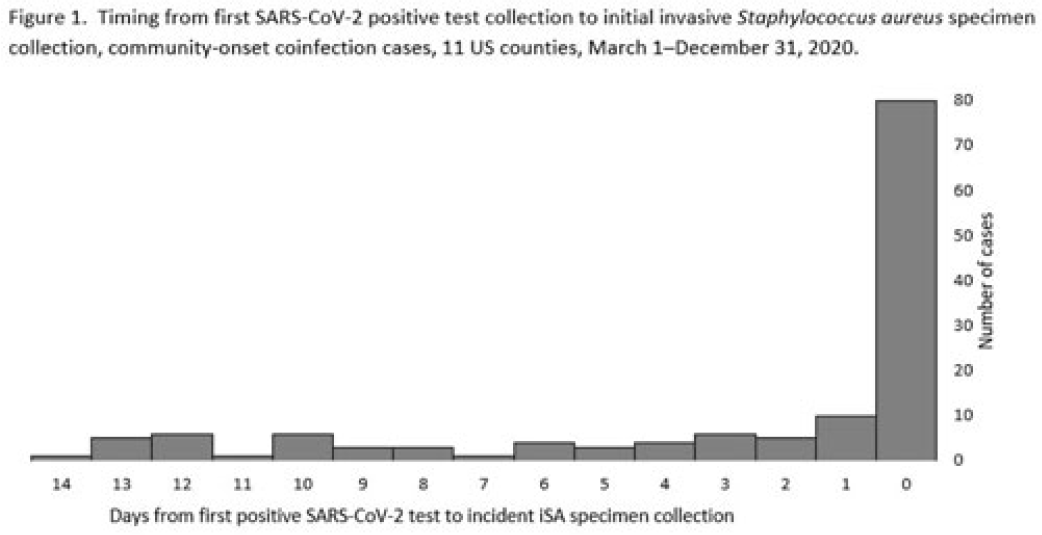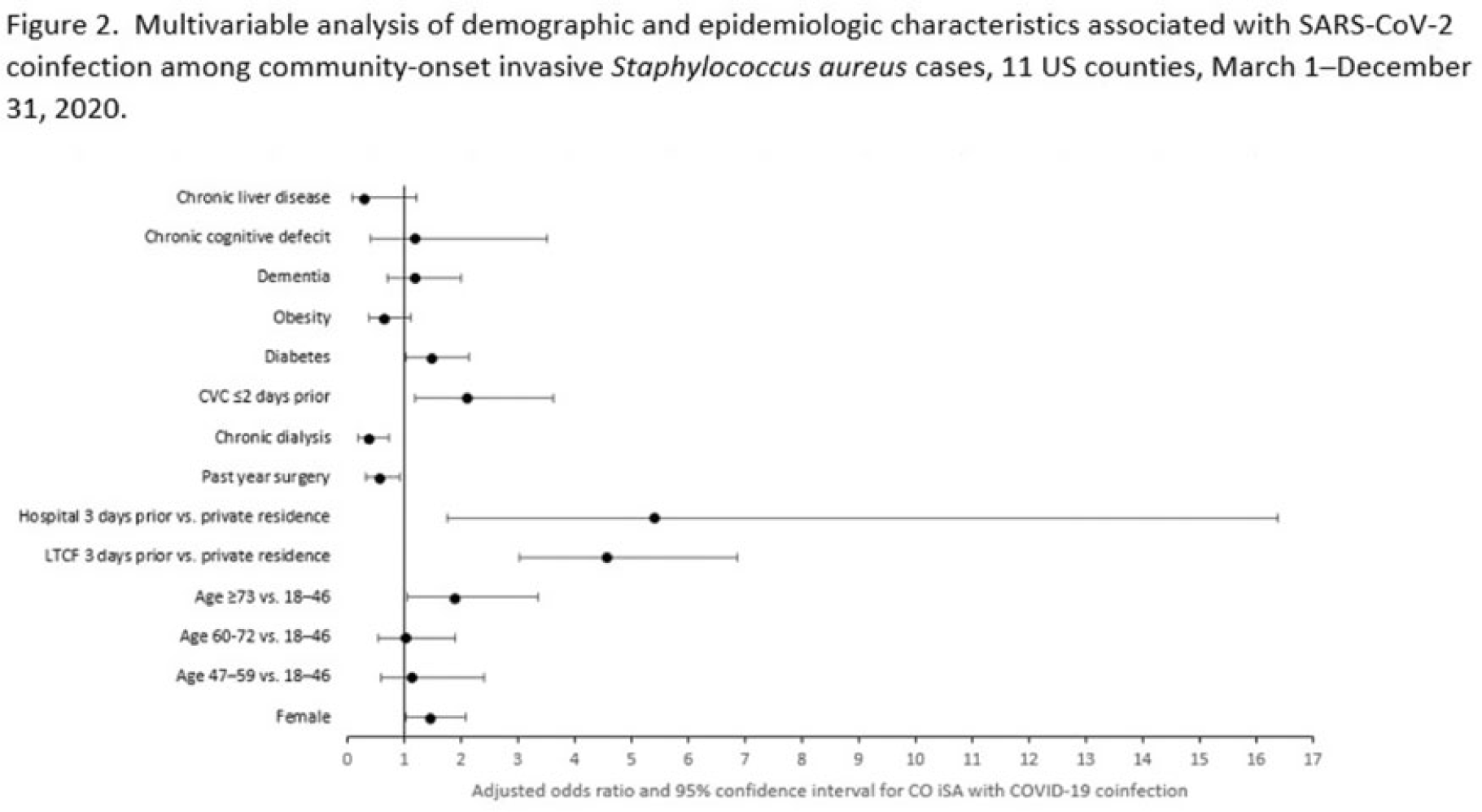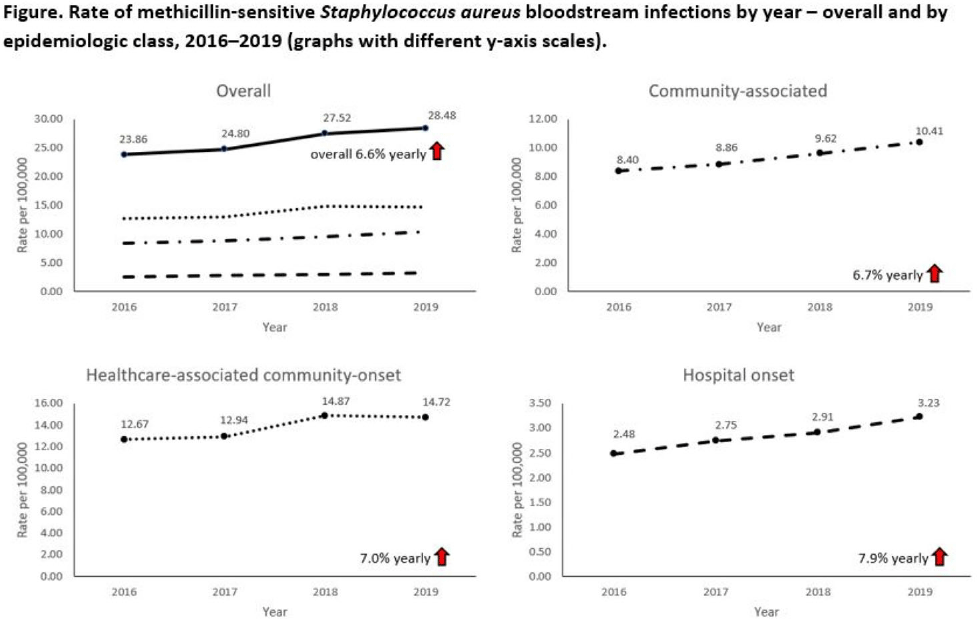102 results
Neurodevelopmental outcomes at 18 months of children diagnosed with CHD compared to children born very preterm
-
- Journal:
- Cardiology in the Young , First View
- Published online by Cambridge University Press:
- 02 January 2024, pp. 1-7
-
- Article
-
- You have access
- Open access
- HTML
- Export citation
91 Agent Orange Exposure and Mild Cognitive Impairment in U.S. Vietnam Era Veterans
-
- Journal:
- Journal of the International Neuropsychological Society / Volume 29 / Issue s1 / November 2023
- Published online by Cambridge University Press:
- 21 December 2023, pp. 392-393
-
- Article
-
- You have access
- Export citation
An adjoint-based method for optimising MHD equilibria against the infinite-n, ideal ballooning mode
-
- Journal:
- Journal of Plasma Physics / Volume 89 / Issue 5 / October 2023
- Published online by Cambridge University Press:
- 31 October 2023, 905890518
-
- Article
-
- You have access
- Open access
- HTML
- Export citation
Factors associated with SARS-CoV-2 and community-onset invasive Staphylococcus aureus coinfection, 2020
-
- Journal:
- Antimicrobial Stewardship & Healthcare Epidemiology / Volume 3 / Issue S2 / June 2023
- Published online by Cambridge University Press:
- 29 September 2023, pp. s84-s85
-
- Article
-
- You have access
- Open access
- Export citation
Insights obtained from a multidecadal citizen science scheme: grey seal (Halichoerus grypus) strandings in Cornwall and Isles of Scilly (2000–2020)
-
- Journal:
- Journal of the Marine Biological Association of the United Kingdom / Volume 103 / 2023
- Published online by Cambridge University Press:
- 25 August 2023, e63
-
- Article
-
- You have access
- Open access
- HTML
- Export citation
The effectiveness of a primary care-based collaborative care model to improve quality of life in people with severe mental illness: PARTNERS2 cluster randomised controlled trial
-
- Journal:
- The British Journal of Psychiatry / Volume 222 / Issue 6 / June 2023
- Published online by Cambridge University Press:
- 20 April 2023, pp. 246-256
- Print publication:
- June 2023
-
- Article
-
- You have access
- Open access
- HTML
- Export citation
Associations Between Depression and Cardiometabolic Health: A 27-Year Longitudinal Study – Corrigendum
-
- Journal:
- Psychological Medicine / Volume 52 / Issue 14 / October 2022
- Published online by Cambridge University Press:
- 30 September 2022, p. 3018
-
- Article
-
- You have access
- HTML
- Export citation
Business, pleasure or both?: motivations and changing motivation of self-initiated expatriates
-
- Journal:
- Journal of Management & Organization , First View
- Published online by Cambridge University Press:
- 06 June 2022, pp. 1-26
-
- Article
-
- You have access
- Open access
- HTML
- Export citation
Increases in methicillin-sensitive Staphylococcus aureus bloodstream infection incidence, 2016–2019
-
- Journal:
- Antimicrobial Stewardship & Healthcare Epidemiology / Volume 2 / Issue S1 / July 2022
- Published online by Cambridge University Press:
- 16 May 2022, pp. s63-s64
-
- Article
-
- You have access
- Open access
- Export citation
Alcohol use and cognitive aging in middle-aged men: The Vietnam Era Twin Study of Aging
-
- Journal:
- Journal of the International Neuropsychological Society / Volume 29 / Issue 3 / March 2023
- Published online by Cambridge University Press:
- 25 April 2022, pp. 235-245
-
- Article
-
- You have access
- Open access
- HTML
- Export citation
Mental and physical health profile of Syrian resettled refugees
-
- Journal:
- Primary Health Care Research & Development / Volume 23 / 2022
- Published online by Cambridge University Press:
- 28 March 2022, e21
-
- Article
-
- You have access
- Open access
- HTML
- Export citation
Exploring barriers to social inclusion for disabled people: perspectives from the performing arts
-
- Journal:
- Journal of Management & Organization / Volume 28 / Issue 2 / March 2022
- Published online by Cambridge University Press:
- 04 October 2021, pp. 308-328
-
- Article
-
- You have access
- Open access
- HTML
- Export citation
Self-Reported Symptoms of COVID-19, Including Symptoms Most Predictive of SARS-CoV-2 Infection, Are Heritable
-
- Journal:
- Twin Research and Human Genetics / Volume 23 / Issue 6 / December 2020
- Published online by Cambridge University Press:
- 09 February 2021, pp. 316-321
-
- Article
-
- You have access
- HTML
- Export citation
Associations between depression and cardiometabolic health: A 27-year longitudinal study
-
- Journal:
- Psychological Medicine / Volume 52 / Issue 14 / October 2022
- Published online by Cambridge University Press:
- 12 January 2021, pp. 3007-3017
-
- Article
- Export citation
Evaluation of Care Interactions Between Healthcare Personnel and Residents in Nursing Homes Across the United States
-
- Journal:
- Infection Control & Hospital Epidemiology / Volume 41 / Issue S1 / October 2020
- Published online by Cambridge University Press:
- 02 November 2020, pp. s36-s38
- Print publication:
- October 2020
-
- Article
-
- You have access
- Export citation
Antimicrobial Nonsusceptibility Among Invasive MRSA USA300 Strains by Healthcare Exposure, Three Sites, 2005–2016
-
- Journal:
- Infection Control & Hospital Epidemiology / Volume 41 / Issue S1 / October 2020
- Published online by Cambridge University Press:
- 02 November 2020, pp. s120-s121
- Print publication:
- October 2020
-
- Article
-
- You have access
- Export citation
Re-thinking and re-positioning ‘being in the moment’ within a continuum of moments: introducing a new conceptual framework for dementia studies
-
- Journal:
- Ageing & Society / Volume 42 / Issue 3 / March 2022
- Published online by Cambridge University Press:
- 04 September 2020, pp. 681-702
- Print publication:
- March 2022
-
- Article
- Export citation
Interaction between Alcohol Consumption and Apolipoprotein E (ApoE) Genotype with Cognition in Middle-Aged Men
-
- Journal:
- Journal of the International Neuropsychological Society / Volume 27 / Issue 1 / January 2021
- Published online by Cambridge University Press:
- 14 July 2020, pp. 56-68
-
- Article
- Export citation
Immigrants in emergency rooms: The role of culture in the diagnostic process and diagnostic certainty
-
- Journal:
- European Psychiatry / Volume 33 / Issue S1 / March 2016
- Published online by Cambridge University Press:
- 23 March 2020, pp. S153-S154
-
- Article
-
- You have access
- Export citation
The one and the many: a case highlighting comorbidity and complexity in psychiatry
-
- Journal:
- BJPsych Bulletin / Volume 44 / Issue 4 / August 2020
- Published online by Cambridge University Press:
- 19 March 2020, pp. 169-173
- Print publication:
- August 2020
-
- Article
-
- You have access
- Open access
- HTML
- Export citation








